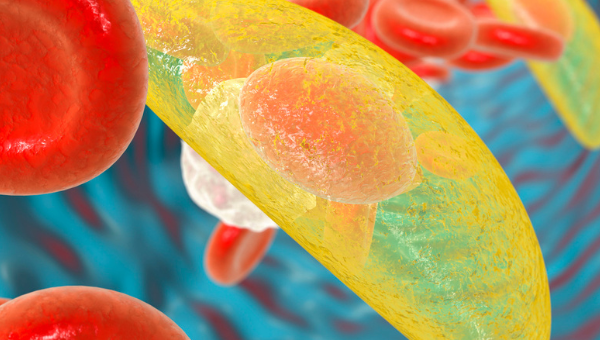“Dampness” is a term used in traditional Chinese medicine and acupuncture. We have been seeing a lot of internal dampness in the clinic, and our intestinal home cleanse kits are turning up all kinds of things, with internal dampness being the most common.
What is dampness, and how does it affect our bodies?

Dampness in the body can be caused by external factors (like seasonal changes, insect bites, etc.), dietary factors (eating or drinking cold, raw, or sugary foods), inadequate physical activity, or not getting enough rest. Oftentimes, exterior conditions like humidity or exposure to mold can wreak havoc internally and cause excessive dampness, but sometimes people are just prone to it.
How do you know if you are affected by dampness?
One of the best ways to measure internal dampness is by looking at your digestion. Keep watch for flatulence, loose stools, bloating, or just an overall feeling of distention and puffiness. You may have accumulated some dampness, especially these days with COVID closures forcing sedentary lifestyles and poor dietary choices.
What does internal dampness feel like?
A key indicator of internal dampness will show up in your respiratory system. Do a check-in the next time your eating ice cream, drinking cold water, having a smoothie, or eating greasy food. Do you cough up a bit of phlegm? Are your sinuses congested even though you don’t have any known allergies? Is your stool loose or sticky? Have you noticed your eczema flaring up?
Other indicators may manifest as low energy and foggy thoughts, a general heaviness throughout the body, such as the sensation of a vice around your head, or your limbs feel like you’re walking in mud.
Prevent internal dampness during winter months
In winter months, it is important to consider different types of activities and food choices. Below find things you can do to decrease dampness.
1. Avoid cold food and drink
Guard your internal environment against the external environment during the cold months, because internal cold can cause pain and stagnation, cause obstruction and tightness. Eating ice cream or drinking ice cold drinks on cold days will stifle your natural ability to digest, and this ultimately increases the amount of undigested food in the stomach and intestines. Where there’s stagnation, there’s no movement, and where there’s no movement, there is pain and inflammation. If you must have a smoothie, don’t add ice or frozen produce – instead – try adding fresh herbs (basil, mint, dill) and spices like cinnamon, turmeric, or ginger. Herbs give you a taste explosion and spices are warming energetically and support your digestion.
2. Focus on broths and soups
Avoid the bagel and cream cheese, smoothie, or yogurt, and try options more gentle and less jarring to your system. There are plenty of organic, pre-made broths and soups available now for those who lean toward a healthier lifestyle and don’t have time to prepare things ourselves. Try a cup of bone broth or a soup like carrot-ginger.
3. Food Therapy
Like herbs, food items are classified according to their nature, actions, and flavours. Food therapy recommends eating fresh, seasonal foods to help the body adapt to a new season, so try pairing seasonal foods with herbs such as goji berries, cinnamon, and ginger to transition with ease.
NOTE: A person who has a tendency to cold extremities and poor circulation will benefit from consuming warming foods such as pumpkin, scallion, beef, ginger, cinnamon, black pepper, whereas, someone prone to acne, and dry mouth should steer clear of those foods.
4. Infrared Saunas
Can’t hurt! Just feels good in the winter, and infrared saunas are said to increase blood circulation and internal dampness does quite the opposite. If you’re anything like me, anything warm in the winter is welcome, and you know a little rest and relaxation is never a bad thing.




No Comments